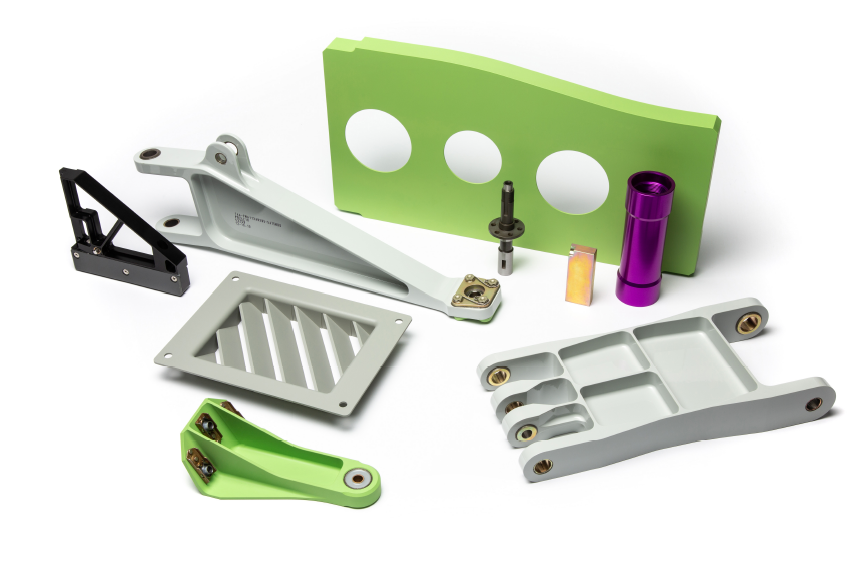
The general rule of inflation is that when consumer prices rise by X%, wholesale and raw material prices rise by considerably more than X%.
That general rule is being followed throughout the U.S. economy, as consumer prices rose 7% in the year to December 2021, with producer prices rising nearly 10% over the same period.
Prices of aviation-related raw materials such as aluminum are up 28% in the past year and 15% from their pre-pandemic highs. Nickel alloy prices are up 15% in the past year, though still well below their pre-pandemic highs.
But prices are not the only thing MROs and airlines need to worry about. “If prices go up all around us, especially energy prices, it will make its way into aviation,” argues Erkki Brakmann, CEO of the part purchasing platform SkySelect.
“More important than price is the availability of parts, especially now that supply chains are under a lot of stress," says Brakmann.
Two major U.S. MROs are feeling pressures from both lags in deliveries and increasing part prices.
AAR is experiencing significant delays on many critical parts for component repair from landing gear to fuel pumps, according to Brian Sartain, SVP Repair & Engineering. “As the pandemic has extended, many European manufacturers appear to be struggling to maintain the volume of parts required by recovering airlines.”
Shortages are not concentrated in particular part types. “Virtually all of the types of products we repair and overhaul have experienced some sort of delay,” Sartain says.
To counter shortages and for other purposes, AAR been developing DER repairs to save parts. It is also seeking to manufacture scarce parts itself if it can get proper approvals from OEMs. The latter effort has met with varying levels of success with different suppliers
On inflation, Sartain says material costs have been escalating in the high single- to low double digits annually for a few years now—in other words, well before the current general inflation.
The largest price increases have been for life limited parts in landing gear, APUs and power transmission. To deal with this cost escalation, AAR is searching harder for alternative part sources and working with customers to find alternatives to replacement parts.
ATS, too, is seeing delays in its supply chain as shipping companies deal with network changes made during the pandemic and adverse weather. “The sheer backlog of imports has caused a bottleneck,” says Chris Hudson, senior supply chain director ATS.
Hudson says delivery or release of this backlog is overwhelming available workers. The delays are occurring in products affected by tariff constraints, standard materials and standard aerospace parts and tooling.
The MRO has been using a two-month forecast to work with suppliers and highlight delay risks in advance. Once a possible delay is spotted, ATS uses alternate sources to keep production on schedule.
Hudson says ATS is also seeing accelerating costs, which he attributes to several factors: tariffs, increasing demand, requests for just-in-time production and wage increases at manufacturers.
The price escalation is hitting various line replaceable units, rotables, consumables, expendables and parts sent out for repair—in other words, pretty much the full gamut.
On ATS’s own pricing policies to deal with these increased costs, Hudson says the company will try to consider each situation individually and find an agreeable solution with each customer.





